After launching the Snapdragon 730G last year, Qualcomm released a new SoC this year, the Snapdragon 720G. Because the mobile gaming market is growing rapidly year after year, Qualcomm is trying to manufacture low-budget gaming SoCs. As you can see, the name includes the character “G” at the end of the model number, which suggests this is a gaming-oriented SoC for lower mid-range Smartphones.
In the Indian market, we have seen Poco X2, Realme X2, and Oppo Reno 2 with Snapdragon 730G SoC. The Realme 6 Pro, Redmi Note 9 Pro, and Redmi Note 9 Pro Max come with Snapdragon 720G. Soon, we will see many devices between 13,000 to 17,000 INR using Qualcomm’s SOCs with good gaming performance. The 720G SoC is quite the same as the 730G in terms of specification, but still, there are some minor changes in this processor, which is what we are going to discuss in detail in this article.
So, if you are looking for a good budget gaming smartphone with Qualcomm SoC, this might be the best article you stumbled upon, so let’s start with the comparison. You can also read our comparison between Qualcomm’s gaming-centric chipset-powered device, Poco X2, and Realme 6 Pro.
Snapdragon 730G vs 720G Comparison
CPU
The main difference between Snapdragon 730G and 720G lies in the CPU. Talking about cores, both these SoCs have 8-core included in them. So, there is no difference in the core count. However, the main difference lies in the core architecture and core frequency. The Snapdragon 720G has Kryo 465 architecture, but the Snapdragon 730G runs on slightly superior Kryo 470 architecture.
If we go into detail core comparison, the Snapdragon 720G has 8 cores. Two cores (Cortex-A76) are Kryo 465 Gold cores clocked at 2.3GHz, and the other 6 cores (Cortex-A55) are clocked at 1.8GHz, which is Kryo 465 Silver cores.
The Snapdragon 730G also includes the same number of cores, which are clocked at slightly low speeds. In Snapdragon 730G, 2 cores (Cortex-A76) are Kryo 470 Gold cores clocked at 2.2GHz, and other 6 cores (Cortex-A55) are clocked at 1.8GHz, which is Kryo 470 Silver cores.
So, these two CPUs are going to perform neck-to-neck with each other. Snapdragon 730G might gain a few percentages in performance due to better CPU architecture, but a higher clock speed of 720G will also make single-threaded work go as fast as 730G. So, in my opinion, the Snapdragon 720G is the winner if you want to save a few bucks. Regarding Antutu CPU scores, We see 730G scores 96336 points, whereas 720G scores 103248 points.
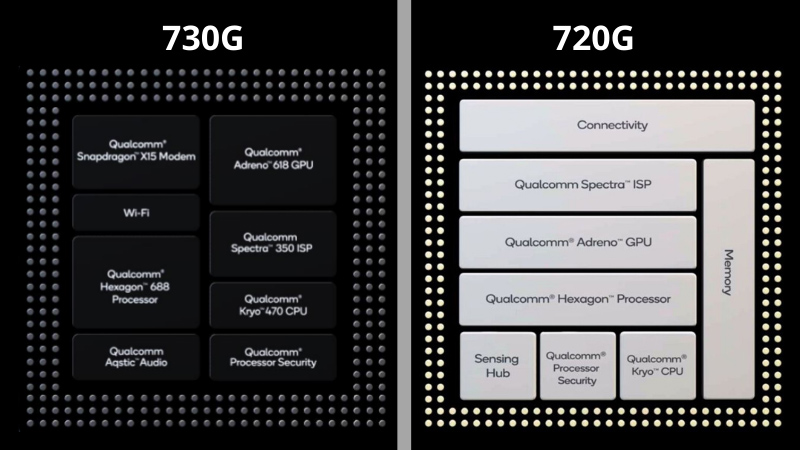
GPU
In the GPU section, both these SoCs use the same Adreno 618 GPU. Qualcomm says the GPU of the Snapdragon 730G is overclocked by 15% than the 730’s Adren 618 GPU. However, the company does not mention whether the same GPU is overclocked for the 720G chipset. For a smooth gaming experience on phones, both chipsets support several elite gaming features. Also, regarding API support, both these SoCs have almost the same numbers, but Snapdragon 730G supports DX12 API, which 720 G’s GPU does not support. Regarding AnTuTu benchmarking GPU scores, Realme 6 Pro powered 720G scores 70226 points, whereas Poco X2 powered 730G scores 71146 points. So, in terms of GPU performance, we can say Snapdragon 730G is slightly ahead of 720G.
Manufacturing Process
Both Snapdragon 730G and 720G are manufactured using an 8 nm manufacturing process. So, there is nothing to compare here; both SoCs are equal in this section.
Display
In terms of display refresh rate, both of these SoCs come with support for 90Hz or 120Hz refresh rate. As for max on-device display, 730G can support QHD+ (3360 x 1440), whereas 720G can handle displays up to FHD+(2520 x 1080) resolution. So, in this field, 730G is the winner as it offers a maximum resolution of QHD+.
Camera
For camera performance and support, both of these chipsets are equal. Everything is the same in the camera section except the ISP (image signal processor), where Snapdragon 730G uses Qualcomm 2X 14-bit Spectra 350 ISP, whereas Snapdragon 720G uses Qualcomm 2X 14-bit Spectra 350L ISP.
Both of the processors are capable of Single-camera MFNR up to 48MP and Single-camera up to 192MP. But in Snapdragon 730G for Single-camera MFNR (Multi-Frame Noise Reduction), ZSL (Zero Shutter Lag), 30fps up to 36MP, and for Dual-camera MFNR, ZSL, 30fps mode, it is capable of taking a photo/video up to 22MP. In contrast, the Snapdragon 720G for Single-camera MFNR (Multi-Frame Noise Reduction), ZSL (Zero Shutter Lag), 30fps up to 32MP, and for Dual-camera MFNR, ZSL, 30fps mode it is capable of taking a photo/video up to 16MP only.
Also, both these SoCs can record 4K UHD video at 30 fps. For slow-motion videos, these chips can record at 1080p at 120 fps, 720p at 240 fps, and 720p at 960 fps with frame rate conversion.
Memory
Both Qualcomm’s gaming chipsets, 730G and 720G, support UFS 2.1 storage. And for RAM, both SoCs support Dual Channel LPDDR4X up to 8GB at 1866 MHz. So, both SoC is 100% the same in the memory department.
Connectivity
Both of these SoCs use the same Snapdragon X15 LTE modem, so they are identical to each other. These SoCs can achieve up to 800 Mbps download link speed and 150 Mbps upload link speed in a 4G LTE network.
Also, both chips support Bluetooth 5.0, Dual 4G VoLTE, USB 3.1 support, and Quick Charge 4. And these SoCs will not support future 5G networks because the Snapdragon X15 modem is not a 5G modem.
AI Engine
This is the tricky section where we can’t directly find the best AI engine, and both AI engines use different components. Snapdragon 730G uses an older Qualcomm Hexagon 680 processor, whereas 720G uses a new Qualcomm Hexagon 692 processor. Also, the Snapdragon 720G AI engine has a Qualcomm Sensing Hub and Qualcomm Hexagon Scalar Accelerator, which is not present in the Snapdragon 730G.
Benchmarks
Talking about benchmark tests through Geekbench 5.1.0, Qualcomm’s 730G-powered Poco X2 phone scores 544 points in single-core performance and 1731 points in multi-core performance. On the other hand, the Snapdragon 720G powered Realme 6 Pro device scores 571 points and 1676 points in single-core and multi-core, respectively. So, we can see both processors can provide almost similar performance in mid-range devices.
In the Antutu benchmark test, we see up to a 1.42% increase in the total score compared to the 730G. You can watch detailed benchmark tests on the 24x7techie YouTube channel. We have also embedded the video below:
Specifications Comparison Table
| SoC | Snapdragon 730G | Snapdragon 720G |
| Process | 8nm | 8nm |
| Core configuration | 2 x 2.2 GHz Kryo 470 (Cortex- A76 based) 6 x 1.8GHz Kryo 470 (Cortex-A55 based) | 2 x 2.3 GHz Kryo 465 (Cortex- A76 based) 6 x 1.8GHz Kryo 465 (Cortex-A55 based) |
| GPU | Adreno 618 | Adreno 618 |
| DSP | Hexagon 688 | Hexagon 692 |
| ISP | Spectra 350 Single Camera: Up to 36MP with MFNR, ZSL, 30fps Up to 48MP with MFNR Up to 192MP Dual Camera: Upto 22MP dual with MFNR, ZSL | Spectra 350L Single Camera: Up to 32MP with MFNR, ZSL, 30fps Up to 48MP with MFNR Up to 192MP Dual Camera: Upto 16MP dual with MFNR, ZSL |
| Memory | 2x 16-bit @ 1866MHz LPDDR4X 8GB RAM 14.9GB/s | 2x 16-bit @ 1866MHz LPDDR4X 8GB RAM 14.9GB/s |
| Display | QHD+ (3360x1440 pixels) | FHD+ (2520 x 1080 pixels) |
| Integrated Modem | Snapdragon X15 LTE DL = 800 Mbps UL = 150 Mbps | Snapdragon X15 LTE DL = 800 Mbps UL = 150 Mbps |
| Charging | QuickCharge 4+ | QuickCharge 4+ |
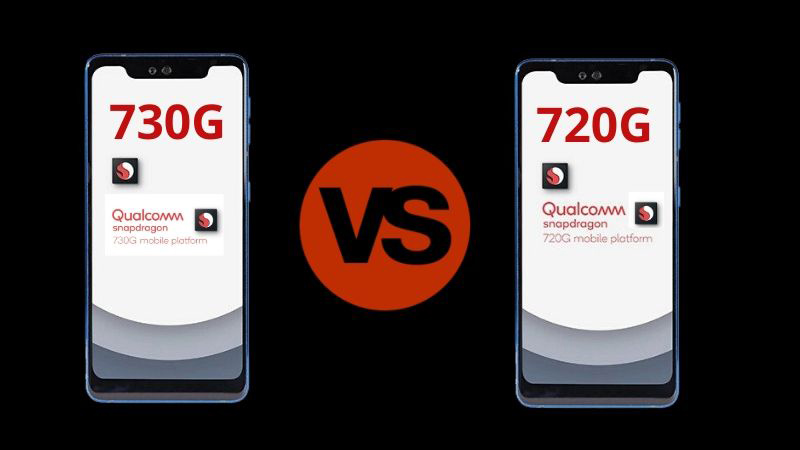
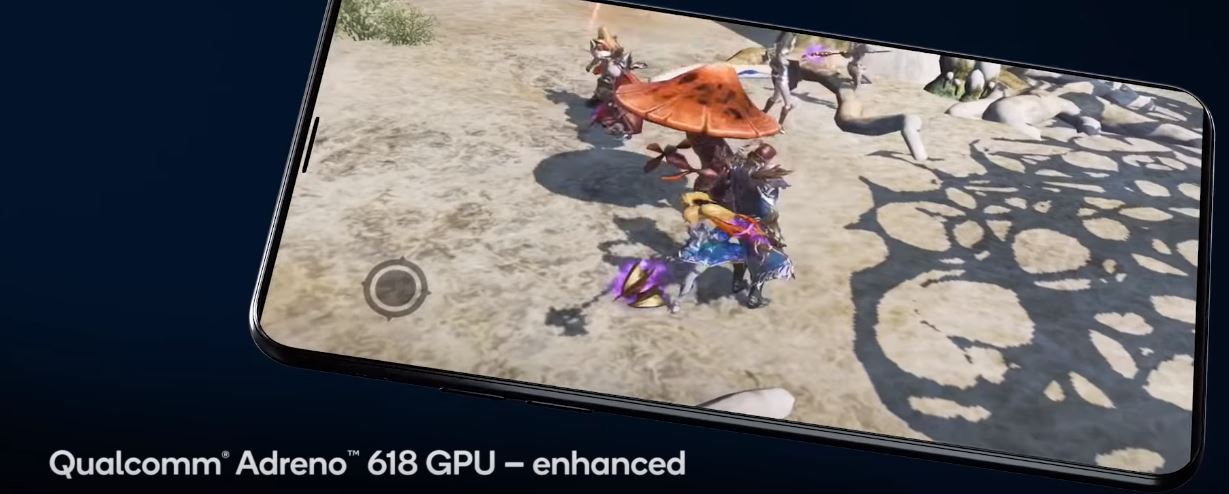

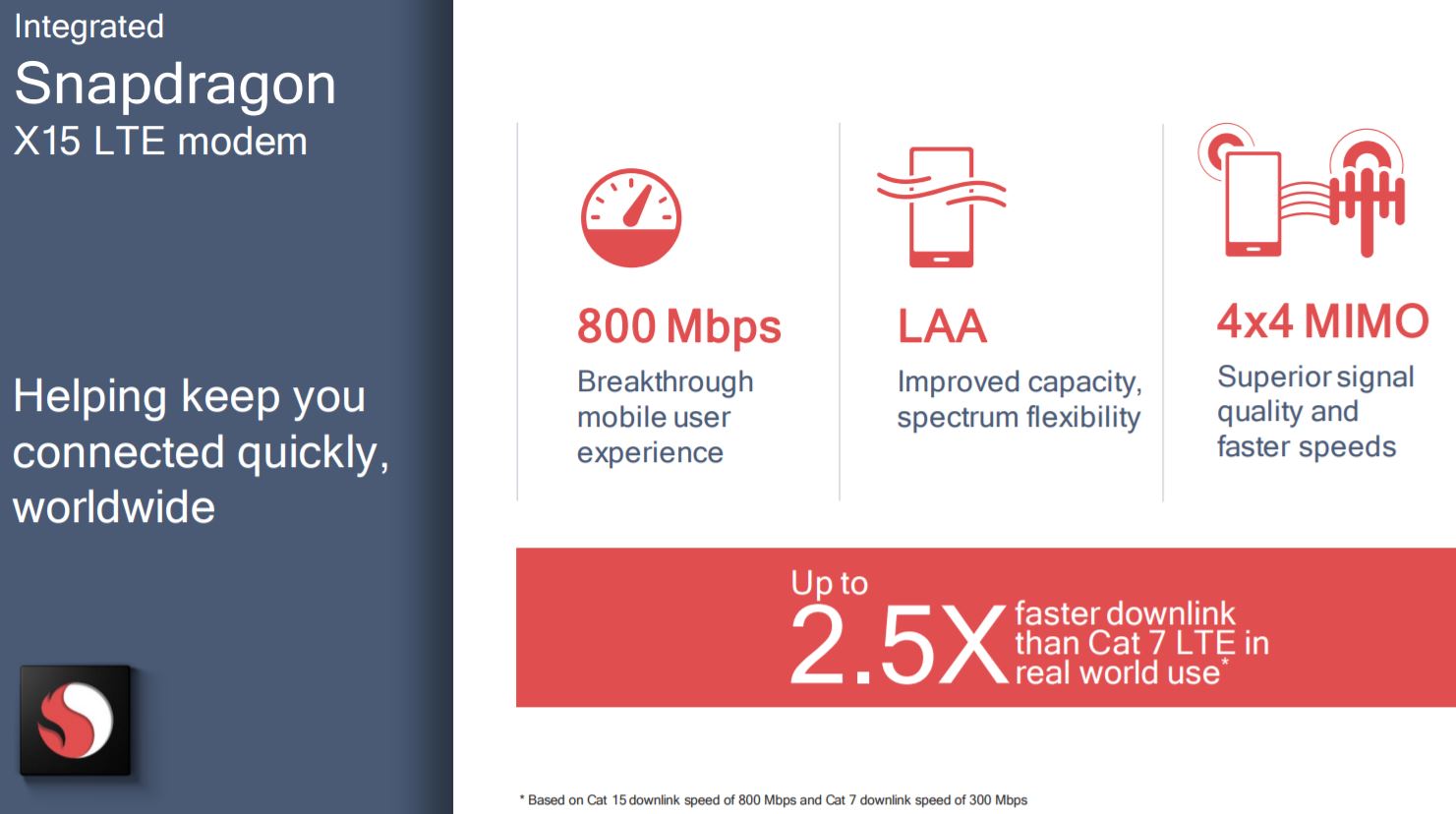
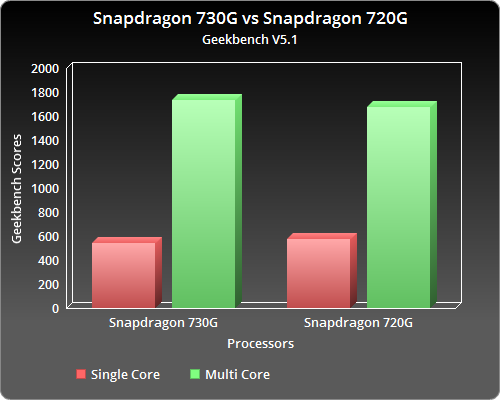


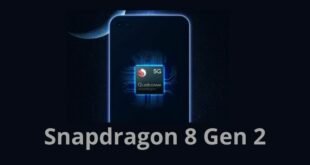
Nitin Raj
Two questions.
1. If they both don’t support higher refresh rate can you tell me how Poco X2 has 120Hz and Realme 6 Pro has 90hZ display?
2. May i know from where you got the information that 730G adreno GPU has 15% more clock speed that 720G GPU. When u compare GPU’sof 730 and 730G the clock speed may be hgher in 730G.
Please clarify these two points.
Binay Konwar
Thanks for catching that. We have now updated the article with correct information.
(1) Yes, both processors can drive 90Hz or 120Hz panels.
(2) Qualcomm says 730’s Adreno 618 GPU has a 15% boost compared to 730’s Adreno 618 GPU. But, Qualcomm does not mention whether the same GPU is overclocked for the 720G chipset.